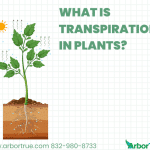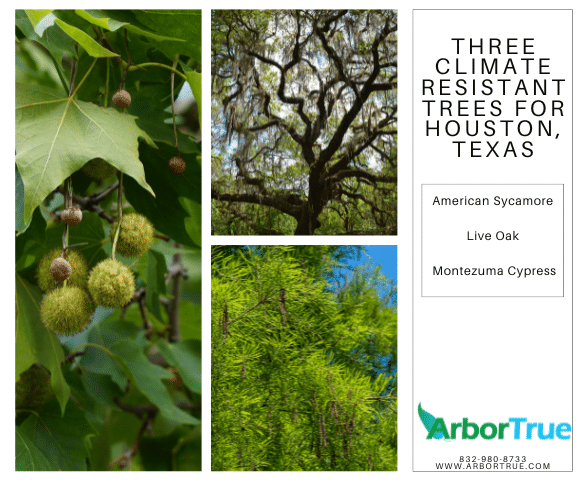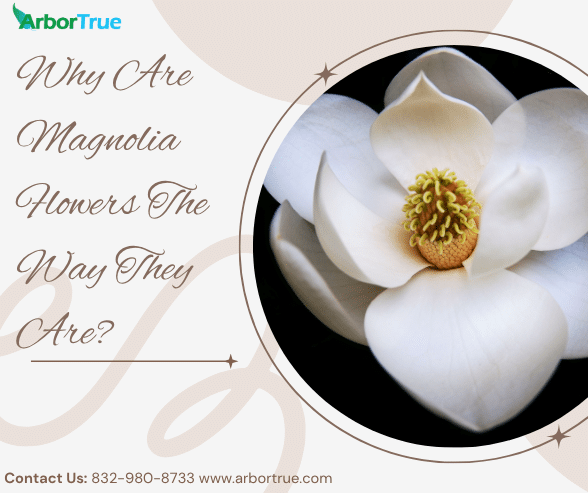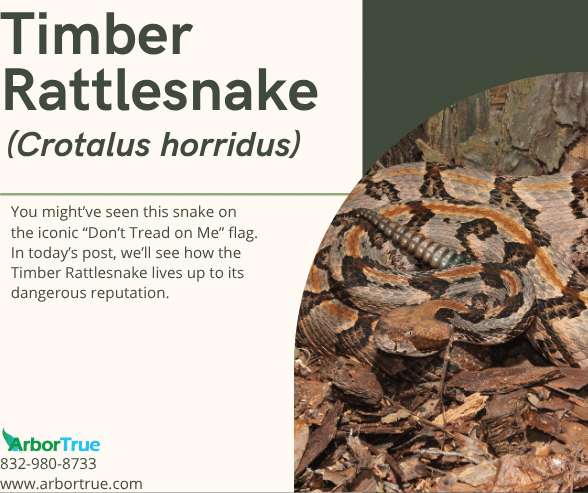
Mushroom Monday: Blue Green Anise Mushroom (Clitocybe odora)
August 19, 2024
What is Transpiration in Plants?
August 23, 2024
Three Climate Resistant Trees For Houston, Texas
In recent blog posts, we looked at helping trees through drought and how to help trees recover after drought. One idea we mentioned was the idea of climate resistant trees. In this post, we explore the idea and let you know about three examples you might consider.
What are Climate Resistant Trees?
By climate resistant trees, we mean trees that, although they may or may not be native to a place, are able to do well in the climate a place has, and are able to cope with future changes in climate the place might experience. They are tree species that are generally resilient and that can tolerate a range of conditions.
What About Native Trees?
Native trees are a great choice in many situations and they can often do well in the climate an area has. The issue that they face is that the climate in an area may be changing over time, either because of broad effects or things that are more local, and these trees might not do as well as they used to in that place. Some native trees can also be climate resistant, but not all. Sometimes you might consider non native trees that might do better under the changing conditions a place has.
How Do You Select the Right Tree for You?
What tree is right for you will depend on a lot of things such as where you live, what you’re looking for in a tree, your soil, the microclimate of your area, your budget, and more. You can make a list of the kinds of things you want in a tree and talk to a professional at a garden center or nursery to help you make your choice. You can also have an arborist come to your property and perform an arborist consultation. They can help you learn about your current conditions, learn what you are looking for, and provide recommendations that can meet your needs.
What are Some Examples of Climate Resistant Trees for the Houston Area?
We are based near Houston (we also serve the Austin area and also do work around the country). Given that, we thought we’d give you some examples of trees that can do well in our current climate, and could also do well in the climate we are expecting in the future. All three of these trees also happen to be native to Texas.
Tree One: American Sycamore (Platanus occidentalis)
American sycamores are very large deciduous trees with crowns that spread out. They are native to Texas and can be found in the eastern part of the state among other places.
American sycamore’s have simple, alternating, star-shaped leaves that are a bright shade of green. They grow quickly, attract birds, and provide shade.
In terms of conditions, American sycamores can tolerate cold, a variety of light conditions, and can grow in different kinds of soil. Although they need a lot of water and grow in wet places, they are also a tree that can handle flooding. They can be quick to establish themselves in areas that have been disturbed, and can sometimes be the first trees to start growing in a place.
American sycamore can be a good choice for an area like Houston because of its ability to tolerate a variety of conditions and its ability to survive flooding. It does require a lot of water and so it could be stressed by drought periods. Also, it can be damaged by ozone.
A similar tree, that is a good choice for the Austin area, is Mexican sycamore (Platanus mexicana).
Tree Two: Live Oak (Quercus virginiana)
Live oaks are native to Texas and can be seen naturally as well as in landscapes. They are stately trees with short trunks and low, large limbs. They can grow to be fifty feet in height and can spread out. Although they look like they are evergreen, they actually do lose their leaves. They grow new ones as the old ones fall, so they seem to be evergreen.
Although live oaks need a fair amount of water, they can tolerate drought after they become established. They can tolerate heat, but can be damaged by freezing temperatures. Additionally, they can tolerate a range of soil conditions including salt, compaction, and inadequate drainage. They can also deal with some flooding.
Live oaks can be a good climate resistant tree choice because of their ability to tolerate drought and heat, as well as wet conditions. Given Houston’s wet conditions mixed with periodic droughts, they have the potential to do well here.
Tree Three: Montezuma Cypress (Taxodium mucronatum)
Montezuma Cypress is native to Texas and is generally an evergreen tree, but is deciduous in Houston. It can grow quickly and have a very large trunk. The tree has delicate leaves in a feather shape on drooping branches. It may or may not develop knees, depending on conditions.
Montezuma cypress trees naturally grow in wet places like swamps and banks of rivers. They need a lot of water and wet soil, but can tolerate some drought. They can adapt to conditions and can tolerate pollution to some degree, but can be damaged by cold.
Montezuma cypress can be a good climate resistant tree because of its adaptability, its ability to tolerate wet conditions, and its ability to tolerate a certain amount of drought.
As you consider trees that can do well in Houston’s climate today, and potentially in the future, consider trees like American sycamores, live oaks, and Montezuma cypresses. They can tolerate a range of conditions that we have here.
If you found learning about climate resistant trees useful, check out the other posts on our TrueTreeTalk blog. Also, follow us on Facebook to keep up with these and other posts.
* * *
ArborTrue is a science-based tree-service company in the greater Houston area. We also serve Austin and other parts of Central Texas. We provide a range of services including tree trimming, tree pruning, tree removal, tree planting, arborist consultations, and more. Call us today at 832-980-8733 (Houston) or at 512-546-3833 (Austin) or reach out to us online to schedule an appointment.




